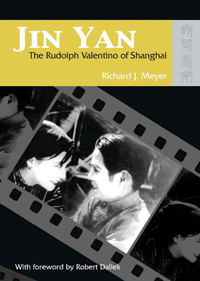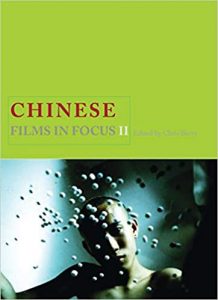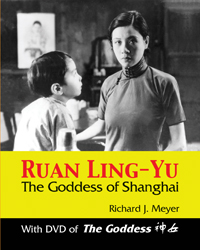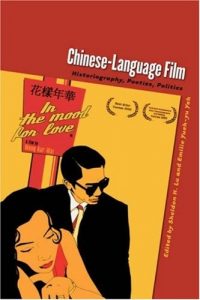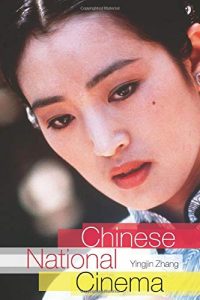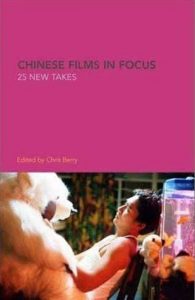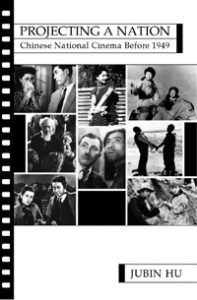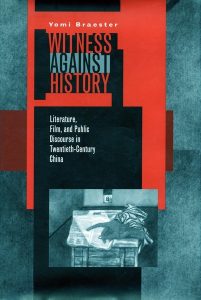Jin Yan (2009), by Richard J. Meyer
Jin Yan: The Rudolph Valentino of Shanghai tells the remarkable story of the “Emperor of Film,” who dominated the golden age of Chinese silent movies. Jin Yan achieved his greatest stardom in the 1930s, when women literally threw themselves at his feet.
Chinese Films in Focus II (2008), edited by Chris Berry
Chinese Films in Focus II updates and expands the original Chinese Films in Focus: 25 New Takes with fourteen brand new essays, to offer thirty-four fresh and insightful readings of key individual films. The new edition addresses films from mainland China, Taiwan, Hong Kong and other parts of the Chinese diaspora and the historical coverage ranges from the 1930s to the present.
An Amorous History of the Silver Screen (2005), by Zhang Zhen
The first sustained historical study of the emergence of cinema in China, An Amorous History of the Silver Screen is a fascinating narrative that illustrates the immense cultural significance of film and its power as a vehicle for social change.
Ruan Ling-Yu (2005), by Richard J. Meyer
Ruan Ling-yu: The Goddess of Shanghai tells the story of one of the greatest Chinese movie stars of the silent era from humble origins to tragic death at the height of her career.
Chinese-Language Film (2005), edited by Sheldon H. Lu and Emily Yueh-yu Yeh
This volume, the most comprehensive work to date on Chinese film, explores the manifold dimensions of the subject and highlights areas overlooked in previous studies. Leading scholars take up issues and topics covering the entire range of Chinese cinema.
Chinese National Cinema (2004), by Yingjin Zhang
This introduction to Chinese national cinema covers three ‘Chinas’: mainland China, Hong Kong and Taiwan. Historical and comparative perspectives bring out the parallel developments in these three Chinas, while critical analysis explores thematic and stylistic changes over time.
Chinese Films in Focus (2003), edited by Chris Berry
‘Chinese Films in Focus’ is an anthology of 25 fresh and original readings of individual Chinese films. Mainland China, Taiwan, Hong Kong and the diaspora are all included, and historical coverage ranges from the 1930s to the beginning of the 21st century.
Projecting a Nation (2003), by Jubin Hu
This is the first major work on pre-1949 Chinese cinema in English. As such, it represents a major contribution to existing discussions of both Chinese cinema and national cinema, and is an indispensible basic resource for scholars interested in Chinese film history. The book analyses the wide variety of conceptions of “Chinese national cinema” between the early years of the 20th century and 1949, and contrasts these to conceptions of national cinema in Europe and China.
Between Shanghai and Hong Kong (2003), by Poshek Fu
Based on meticulous archival research and a repository of rare films, most of which were believed lost, this book is a pioneering critical study of the Chinese cinemas in Hong Kong and Shanghai and their complex interconnections.
Witness Against History (2003), by Yomi Braester
Witness against History offers fresh readings of milestones in twentieth-century Chinese literature and cinema. The book reveals how these texts and films, which seem to proclaim faith in modernity, nevertheless doubt the possibility of changing the course of history.
